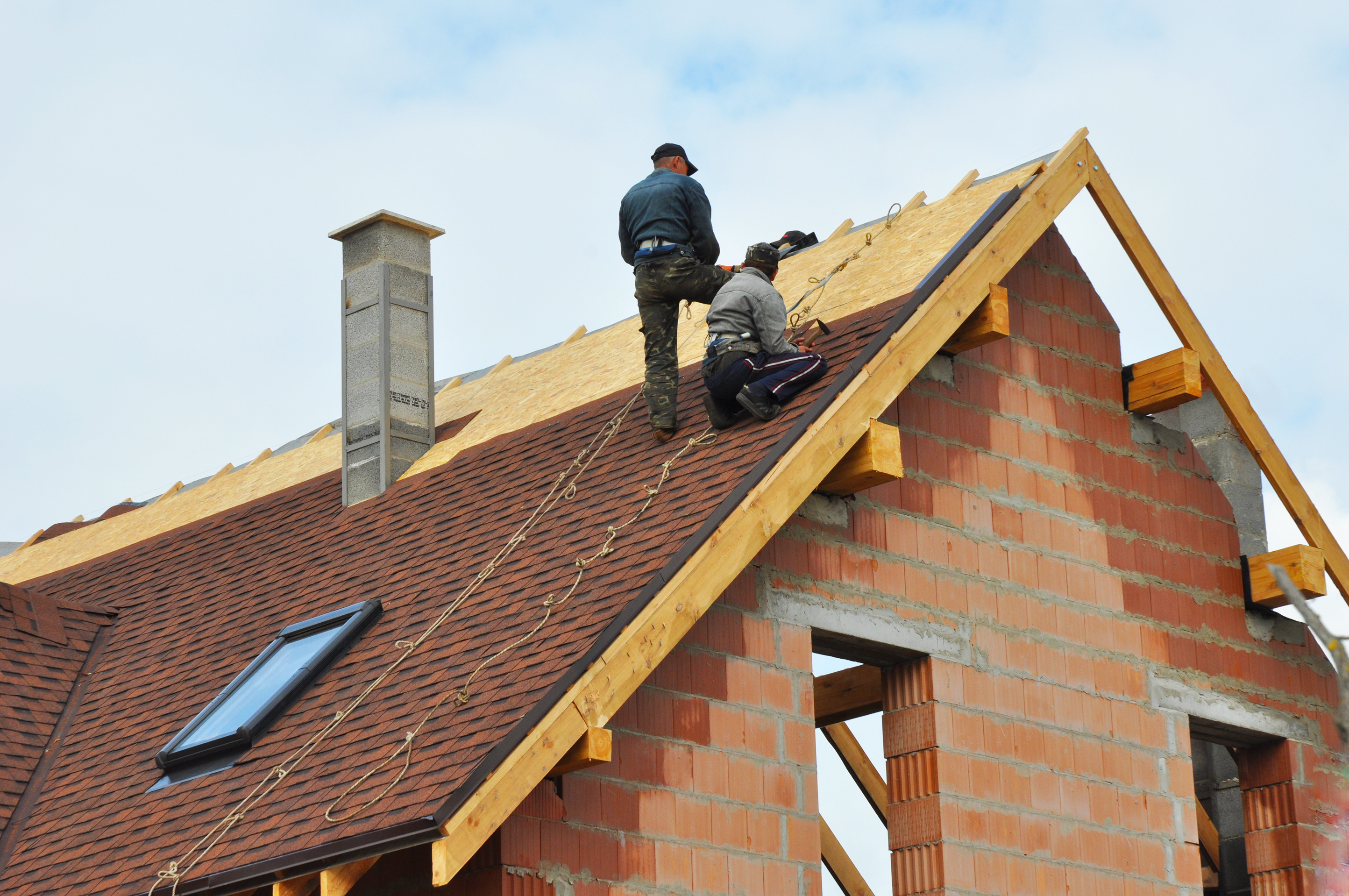Contrasting Costs Amongst Roofing Companies in Gainesville Florida
Wiki Article
Best Practices for Ensuring Correct Roof Air Flow
Ensuring correct roofing ventilation is vital for the long life and efficiency of a roof system. A balanced intake and exhaust vent proportion, commonly 1:300, plays a critical role, with consumption vents ideally positioned at the lower edge of the roofing system for great air entrance and exhaust vents at the optimal for cozy air exit. Normal assessments to determine obstructions and maintain clear air flow are vital. Additionally, maintaining insulation away from vents is crucial to avoid air flow restriction. Comprehending these foundational elements establishes the stage for even more in-depth insights right into installment and upkeep techniques that can dramatically boost your roof's efficiency.Understand Ventilation Fundamentals
Properly comprehending ventilation basics is vital for making certain the long life and effectiveness of roof. Reliable ventilation alleviates dampness build-up and temperature extremes in the attic room, both of which can lead to substantial architectural damages gradually. A well-ventilated roofing aids in stopping common issues such as mold development, timber rot, and ice dams, which can compromise the honesty of the roof products and the underlying structures.The primary objective of ventilation is to facilitate the activity of air, permitting for a regular exchange in between the indoor and exterior environments. This balance is accomplished via a combination of intake and exhaust vents that collaborate to preserve optimal airflow. Intake vents, normally located along the eaves or soffits, allow fresh air to enter the attic room room, while exhaust vents, frequently situated at or near the roofing ridge, allow hot, humid air to leave.
Trick variables affecting the effectiveness of roof covering air flow consist of appropriate placement, adequate sizing, and guaranteeing that both intake and exhaust vents are unhampered. Regular inspection and upkeep are vital to determine possible blockages, damages, or ineffectiveness in the air flow system, therefore securing the roof covering's performance and durability.
Kinds of Roofing Vents
Roofing vents play a crucial duty in preserving reliable attic air flow and, by extension, the general health and wellness of the roofing system. Numerous kinds of roofing vents are readily available, each with special benefits customized to specific roof needs.
Soffit vents are mounted under the eaves and job in tandem with roof covering vents to guarantee a well balanced consumption and exhaust system. By permitting cooler air to enter from below, soffit vents promote the expulsion of hot air through top vents. Gable vents, situated on the exterior walls of the attic room, offer one more efficient solution, especially in homes with gable roofing systems.
Analyze Your Present Air Flow

Following, consider the age and problem of your roof covering materials and ventilation components. Older systems might not comply with present building regulations or might have worn away over time, reducing their performance. Conduct a comprehensive evaluation to identify any type of indications of damage, such as rust, damages, or gaps that could endanger the system's performance.
In addition, gauge the attic room temperature and moisture levels. Heats and humidity can suggest poor ventilation - roofing companies in gainesville florida. Utilize a hygrometer and thermometer to acquire precise analyses, comparing them with outdoor problems. Consistent inconsistencies recommend potential problems that need dealing with.
Setup Best Practices
Reliable installment of roof covering air flow systems is paramount for making sure optimal efficiency and long life. Proper setup begins with recognizing the particular air flow requirements of the roofing and the structure it covers. This includes computing the correct ratio of consumption to exhaust vents, commonly adhering to the 1:300 policy, which specifies one square foot of air flow for each 300 square feet of attic floor room.
The positioning of vents is similarly critical. Intake vents should be mounted at the roofing system's lower side, commonly in the soffits, to allow amazing air to go into. Exhaust see this vents, on the other hand, need to be set up near or at the roofing's top to assist in the departure of warm, wet air. This produces a natural air flow that assists keep temperature and wetness balance within the attic space.
Seal all vent connections thoroughly to prevent air leaks and prospective water seepage. Use top notch products and follow supplier standards to ensure resilience and effectiveness. Additionally, incorporating ridge vents with baffles can substantially boost air movement efficiency by avoiding wind-driven rainfall and snow from entering the attic.
Inevitably, precise installation of roofing air flow systems reduces potential problems such as mold development, ice dams, and architectural damages, guaranteeing the roof's integrity and the building's overall wellness.
Normal Upkeep Tips
Uniformity in upkeep methods is essential to making sure the long-lasting performance of roof ventilation systems. During these assessments, guarantee that vents are free of debris, nests, and various other obstructions that can hinder air flow.
Cleaning the vents is one more vital job. Make use of a soft brush or a vacuum to get rid of dust and debris from intake and exhaust vents. Be cautious not to harm the vent screens or louvers throughout the process. Furthermore, inspect the attic room area for any kind of indications of water damage, which can jeopardize the honesty of the roofing system.
Correct insulation is just as important. Make sure that attic insulation does not block the vents, as this can badly restrict air movement. Reposition or change it to preserve an effective obstacle. if any kind of insulation has moved or worked out.
Lastly, replace any harmed or missing out on components quickly. Damaged vents, split roof shingles, or shabby flashing can all contribute to insufficient air flow and needs to be resolved immediately. Normal upkeep ensures that the roof air flow system operates ideally, therefore extending the life expectancy of the roofing system itself.
Verdict
Ensuring correct roofing ventilation is critical for keeping the performance and resilience of a roof. Adherence to the 1:300 intake and exhaust air vent ratio, combined with the strategic positioning of vents, is necessary. Regular semiannual evaluations, debris cleaning, and guaranteeing insulation does not block air flow are crucial methods. Carrying out these best techniques will promote a well-ventilated roof, thus minimizing prospective issues associated with moisture buildup and extreme heat, inevitably lengthening the roofing's lifespan.A well balanced intake and exhaust vent ratio, typically 1:300, plays an essential function, with intake vents ideally put at the reduced side of the roofing for cool air entrance and exhaust vents at the optimal for click here for info cozy air departure. Consumption vents, normally situated along the eaves or soffits, allow fresh air to go into the attic room room, while exhaust vents, often positioned at or near the roof ridge, enable hot, damp air to run away.
Soffit vents are installed under the eaves and work in tandem with roofing system vents to make sure a balanced consumption and exhaust system. By permitting cooler air to get in from below, soffit vents promote Go Here the expulsion of hot air with upper vents. Adherence to the 1:300 intake and exhaust vent proportion, combined with the strategic placement of vents, is necessary.
Report this wiki page